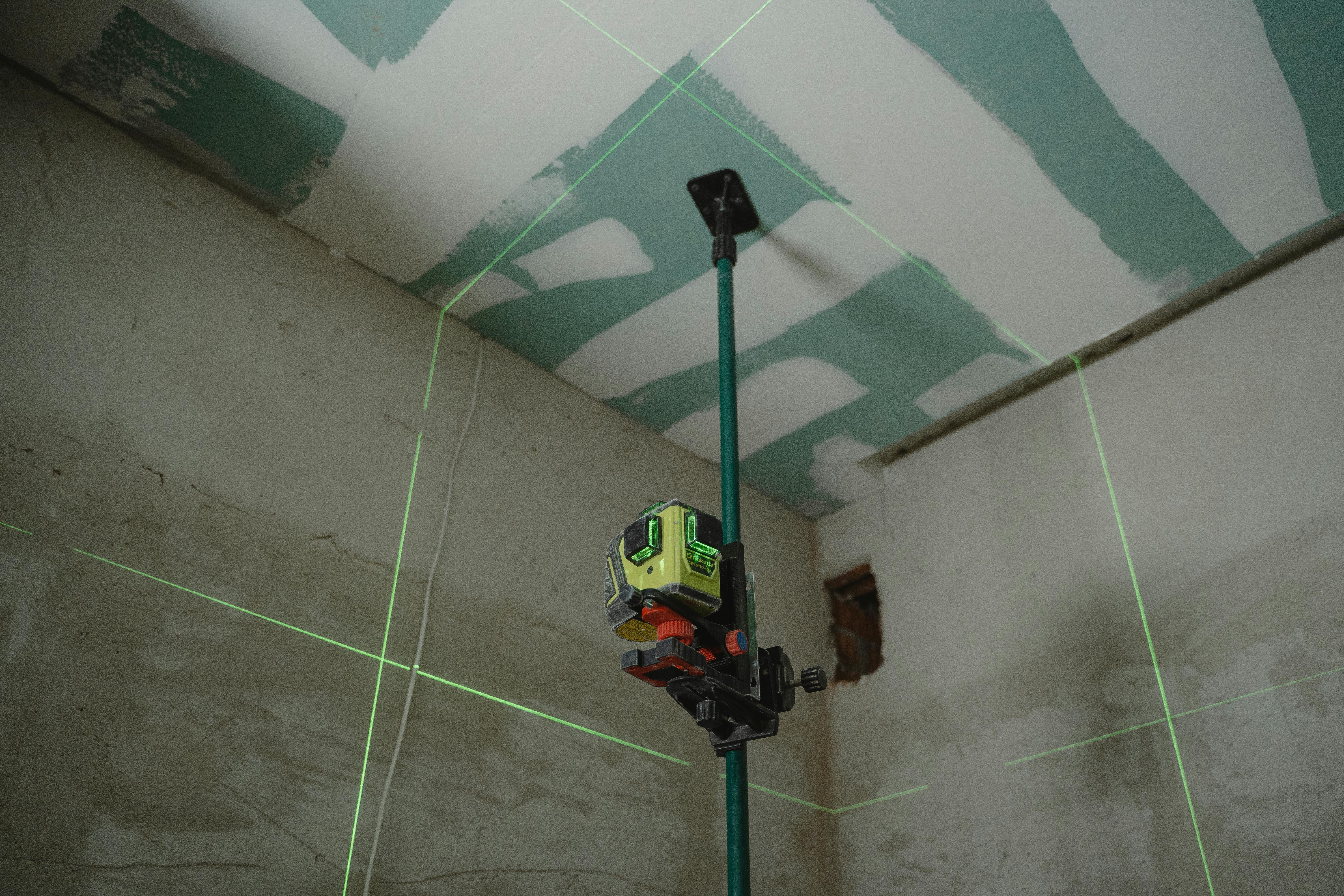Laravel vs. WordPress: Which One Is Right for Your Project?
Laravel or WordPress? It’s not about which is better—it’s about what your project really needs.
Posted: 31st July, 2025
If you’re planning a new website in 2025, you’ve likely come across two common options: Laravel and WordPress. While both are powerful in their own ways, they serve very different purposes — and choosing the wrong one can lead to frustration, limitations, or wasted time.
As a developer who specializes in custom Laravel applications (with Bootstrap for frontend and Filament for admin dashboards), I’ve worked with both platforms — and I’m here to help you understand which one fits your specific needs.
🚀 What Is Laravel?
Laravel is a modern PHP framework designed for developers to build fully custom web applications. It doesn’t come with a prebuilt admin interface or themes — but that’s part of its strength. You’re starting with a blank slate and building exactly what you need, the way you want.
Think of Laravel as a powerful engine for:
- Web apps
- Custom dashboards
- Complex workflows or business logic
- Scalable, secure backends
With tools like Filament, Laravel now has a beautifully intuitive admin interface, making it far more client-friendly than it used to be.
🧱 What Is WordPress?
WordPress started as a blogging platform but has grown into a full content management system (CMS). It powers over 40% of the web and is great for quickly launching marketing sites, blogs, and basic eCommerce.
WordPress is known for:
- Easy setup and ready-to-use themes
- A huge ecosystem of plugins
- A beginner-friendly admin dashboard
- Built-in support for posts, pages, and media
However, it comes with bloat, plugin dependency, and security concerns — especially if it’s not maintained properly.
✅ When to Use WordPress
WordPress is a great fit if:
- You need a simple marketing site or blog and want to launch quickly
- Your budget is limited and you want to rely on prebuilt themes
- You or your team are already comfortable using the WordPress dashboard
- You’re not planning complex functionality or integrations
For example: A personal blog, small non-profit website, or basic service-based business landing page.
✅ When to Choose Laravel
Laravel is the right choice if:
- You need a custom experience, beyond what plugins or themes allow
- You’re building something interactive (booking systems, user dashboards, multi-role systems)
- You want scalability and performance from day one
- You need advanced features like API integrations, role management, or dynamic content structures
Laravel gives you total control — no plugin conflicts, no code limits, and no design restrictions. Plus, paired with Bootstrap templates and a Filament admin, you get the best of both worlds: powerful functionality and a clean, user-friendly backend.
🛠 Laravel vs. WordPress: Side-by-Side Comparison
Feature WordPress Laravel (with Filament)
| Setup Time | Fast (themes & plugins) | Slower (fully custom)
| Customization | Limited by themes/plugins | Total freedom
| Performance | Can be slow without tuning | Optimized from the ground up
| Security | Depends on plugin quality | Built-in, more secure by design
| Admin Experience | Familiar, WYSIWYG | Tailored to your workflow
| Scalability | Limited at scale | Built for scale
| Maintenance Needs | Frequent updates required | Stable with version control
| Best For | Blogs, marketing sites | Web apps, custom dashboards
Final Thoughts: Which One Is Right for You?
Both platforms have their place. But here’s the key: choose based on your long-term needs, not just what feels convenient right now.
If you want to get online fast with a basic site, WordPress may be enough.
But if your project requires flexibility, performance, and room to grow — or if you’re tired of fighting with plugins and themes — Laravel is the better investment.
👨💻 Need Help Choosing?
I specialize in building fast, custom Laravel websites and admin dashboards, using Bootstrap for frontend polish and Filament for smooth backend management. If you're not sure what your project needs, I'm happy to help you figure that out — no pressure, no jargon.
👉 Let’s talk about what you're building and find the best fit for your business

